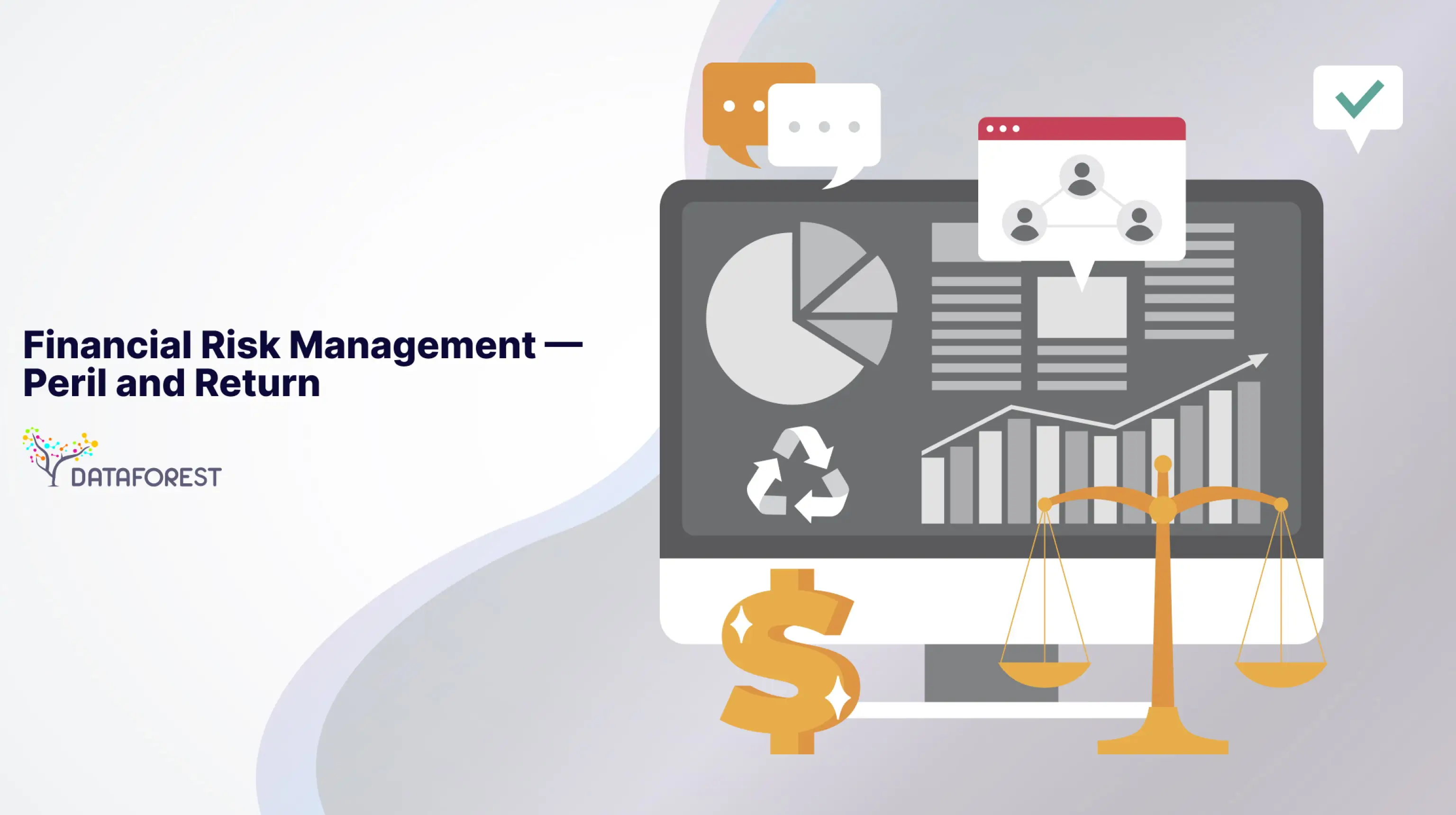
Home page / Finance
Financial Data Systems: Integrated Infrastructure for Real-Time Reporting
Innovative use of technology to improve and automate the delivery of financial services, leveraging AI in the finance industry.

AI-Driven Fintech Services
We manage vast amounts of financial data—securely, efficiently, and thoughtfully —using AI in finance.
Financial Data Integration and Visualization
Unite data from legacy systems, different standards, and APIs. AI in banking and finance automatically harmonizes data coming from different third-party sources, ensuring real-time data syncing. So, you get financial data in real-time, and it's visualization — for easy decision-making.
Fraud and Anomaly Detection
Prevent unauthorized activities that can lead to data breaches. AI agents in finance for real-time fraud detection and prevention identify unusual transaction patterns, verify user identity, and implement anti-money laundering (AML) measures.
Fintech Scalability and Performance
Scale your infrastructure to manage large volumes of transactions and ensure the system's stability. We analyze how the existing system processes data, optimize queries, and redesign the cloud infrastructure for cost-effectiveness and improved performance. Efficiently written queries consume less computational resources, with AI/ML in finance enhancing scalability.
Big Data Analytics
Derive insights from large volumes of financial data. Generative AI in finance algorithms—in machine learning and deep learning—are adept at processing and analyzing vast amounts of data much more quickly and accurately than traditional methods.
Internal Process Automation
AI in corporate finance tools automates data entry, transactions, and report generation; analyzes workflows to suggest improvements and automate unstructured data processing. AI in accounting and finance also processes the data within the ERP system: financial entries, payroll data, and purchase orders.
Predictive Analytics for Financial Marketing
Enhance marketing effectiveness by predicting customer preferences. AI in personal finance algorithms, particularly those in machine learning, analyzes historical customer data. They segment customers into distinct groups and predict the outcomes of different marketing strategies.
Benefits of AI In Finance
Benefits of using our services and solutions:
01
Informed and timely decisions for investments using AI in the finance industry.
02
Greater accuracy in reporting and analytics with AI use in finance.
03
Reducing manual efforts and improving operational efficiency through AI agents in finance.
04
Gaining immediate insights into market trends.
05
Acting on opportunities and threats swiftly via AI in finance.
06
Reducing the risk of non-compliance and penalties, enhancing security with AI in banking and finance.
07
Higher customer satisfaction and loyalty with AI/ML in finance.
08
Enhancing overall operational efficiency using AI in corporate finance.
Boost Work Efficiency and Accuracy with Expert Machine Learning Support.
Get in Touch Now!
What Data Science Technologies Do We Use?

Pandas

SciPy

TensorFlow

Numpy

ADTK

DBscan

G. AutoML

Keras

MLFlow

Natural L. AI

NLTK

OpenCV

Pillow

PyOD

PyTorch

FB Prophet

SageMaker

Scikit-learn

SpaCy

XGBoost

YOLO
Related articles
All publicationsStill have questions about data science services?
How does data engineering help finance make better investment decisions or manage risks?
Data engineering helps finance professionals collect, process, and integrate diverse financial data, enabling them to access comprehensive and accurate information for making better investment decisions and managing risks effectively, using AI in finance.
What are some significant data engineering challenges specific to the finance industry?
Some primary data engineering challenges specific to the finance industry include handling large and complex financial datasets, ensuring financial data security and privacy compliance, and integrating data from disparate sources while maintaining accuracy and real-time processing. Also, there are challenges in data science for finance.
How does data engineering contribute to regulatory compliance in the finance industry, such as data privacy or anti-money laundering regulations?
Data engineering in finance solutions ensures regulatory compliance in the finance industry by implementing robust data governance, data lineage tracking, and data quality processes, ensuring the secure handling and seamless integration of data to meet data privacy and anti-money laundering regulations. It’s the work for data science and finance collaboration for risk analytics in banking, e.g., AI/ML in finance.
What are the benefits of implementing data engineering solutions for financial institutions regarding operational efficiency and cost savings?
Implementing data engineering solutions for financial institutions results in improved operational efficiency and cost savings by automating data processes, streamlining data integration, and optimizing data storage, leading to reduced manual efforts, faster data access, and minimizing infrastructure costs, especially with AI in corporate finance.
Are there any emerging trends or innovations in data engineering specifically impacting the finance industry?
Emerging trends and innovations in data engineering include real-time data processing, the use of distributed ledger technology (DLT) like blockchain for secure transactions, and the adoption of cloud-based data solutions. They are explicitly impacting the finance industry by enabling faster, safer, and scalable data management and AI in the finance industry.
Do data engineering solutions work with big data in finance?
Data engineering solutions handle big data in the finance industry by employing advanced data processing techniques, distributed computing frameworks, and efficient data storage systems, ensuring that large volumes of financial data are ingested, processed, and analyzed swiftly with AI in the finance industry.
What is financial data aggregation?
Financial data aggregation is the collection and consolidation of financial information from multiple sources into a unified view, facilitating comprehensive analysis and reporting.
How is data transforming the financial industry, and what are the key driving factors behind this transformation?
Big data finance is revolutionizing how financial institutions manage and analyze vast amounts of information. The unity between finance and data analytics is driving more innovative investment strategies. The role of big data in the finance industry is expanding as businesses seek more insights from their data, with AI in finance leading the charge.
Let’s discuss your project
Share project details, like scope or challenges. We'll review and follow up with next steps.









.webp)

















